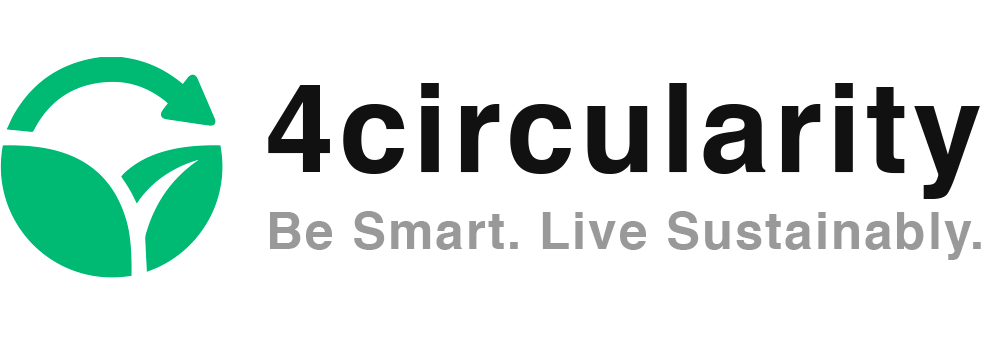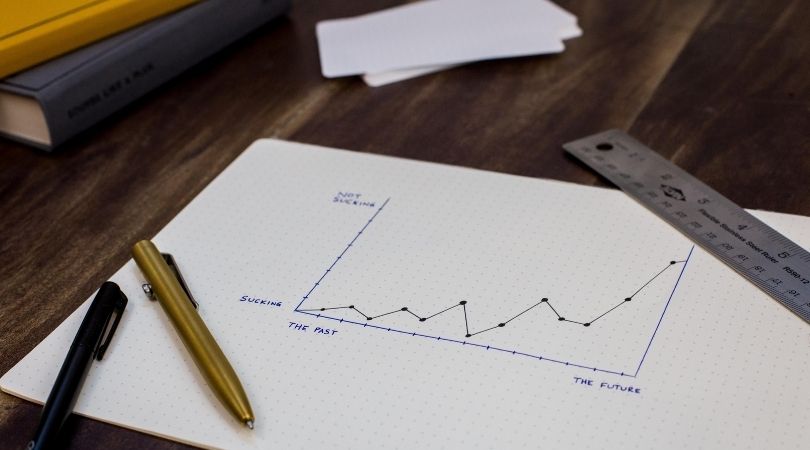There is a growing need to measure businesses’ sustainability performance from environment, social, governance and economic aspects. In other words, the growing need for companies to show their impacts creates a new requirement: measuring sustainability performance.
What is the purpose of sustainability measurement for a business? Measuring sustainability performance informs us and others of the progress we have made. Being transparent and accountable means telling ‘what is’ and ‘not what could be’. Moreover, being a good sustainability communicator means being one step ahead all the time, and using real time examples of the company’s sustainable actions with data.
In short, sustainable business making eliminates risks, sustains profitable growth, understands the long-term mindset and reacts efficiently to the rapidly changing world.
Measuring sustainability performance is also teamwork. Data is often so dispersed around the departments, company suppliers and subcontractors that without a simple, understandable and effective measurement tool the company will probably not be able to provide timely updates of their sustainability performance. Company’s sustainability can be measured either from outside in, such as the third-party ratings and indices, or it can be measured from inside out, as a part of the company daily activities.
I take a viewpoint here on measuring business sustainability performance as a daily activity inside a company or an organization. Why? I believe that where we focus our energy, we grow. This applies strongly to the business environment and sustainable business because who would be so ignorant to disregard the number one opportunity for growth while contributing to social issues and reducing any harm to the environment. Now, let’s go to the reasons why measuring sustainability performance is so important for any company.
1. Tracking progress

The first reason to measure sustainability performance is very simple: to track progress. Up to date data is the number one key requirement for measuring sustainability. Consistently collected data is needed to measure the progress of different sustainable actions, show where positive progress is made and where more efforts are needed. First things first, what have you done for your sustainability policy today, this week or this month? What are you going to do today in terms of concrete actions that contribute positively on our sustainability plan achievement? Making sustainability on top of your priorities on a day-to-day basis will help you in keeping track on progress and actually achieving the goals as planned.
2. Showing impacts

The second reason to measure sustainability performance: to show impacts. Companies often don’t know where they operate or where their impacts are. Therefore, identifying and showing where your impacts are is crucial for showing your internal and external stakeholders where you operate and what impacts your business activities and actions have. Impacts are often presented using the triple bottom line where E stands for environment, S for social and G for governance. Today, the ESG grouping is the most commonly used and accepted framework to point impacts by impact investors, banks, funds, companies and several other organizations. Impact investing is growing rapidly and it relies on ESG data. Investors want to fund organizations that positively affect the society. In conclusion, companies who make a difference for customers, employees and other groups in society attract impact investors and increase stakeholder engagement.
3. Gaining green growth

The third reason to measure sustainability performance: to gain green growth. A resilient and constantly measured sustainability actions can save the business from future challenges by preparing for any obstacles that might come ahead. That is to say, business strategies that embed ESG practices in all operations and are managed for the long-term most likely tackle unexpected shocks and societal issues head-on. A recent example of this is the Covid-19 pandemic that created rapidly volatility for companies by disturbing wholly or partially the functioning of supply chains and markets. Businesses who did perform sustainably already before the pandemic have had less negative stock returns during the market turbulence. Resilient supply chains that adapt to global catastrophes, pandemics and climate change related extreme weather conditions are critical components of companies’ holistic sustainability strategies today.
4. Engaging with stakeholders

The fourth reason to measure sustainability performance: to engage with internal and external stakeholders. What is your purpose and how do you want to engage your stakeholders with your sustainability policy? Companies and organization who have built sustainability into the DNA have only one choice to achieve this: make sure that everyone are engaged with the goals. So, here things get interesting! Everyone must understand and be engaged with the goals because measuring the progress is teamwork. Companies should communicate how they respond to the stakeholder expectations and interests. This can be done, for instance, through regularly presenting the sustainability performance and creating channels for open dialog with the key stakeholders.
5. Communicating performance

The fifth reason to measure sustainability performance: to communicate. How important being sustainable for a business is when it comes to brand reputation? A company that communicates transparently about the actions it has taken, about its successes and failures, increases credibility and improves reputation more than when hiding unsuccessful actions. Honesty builds trust and trust engages stakeholders. Being transparent, accountable and honest with all sustainability communications, companies can build their brand value and improve reputation. To sum up, sustainability communications are most effective when a company can show their real progress and impacts using data that is up to date. That will not be possible without a simple and understandable sustainability measurement tool. If you are interested in measuring and visualizing your sustainability performance, check out SDG Monitor. SDG Monitor is a sustainability measurement tool for all size companies and organizations who want to create a positive sustainable change and integrate their sustainability plans to the United Nations Sustainable Development Goals (SDGs).


4 Replies to “Five reasons to measure sustainability performance”